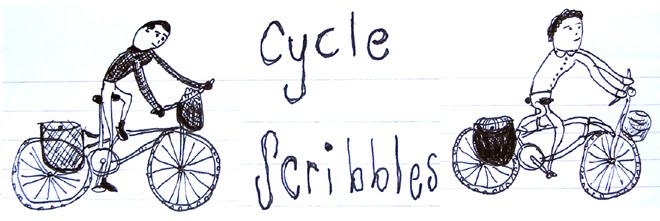

From Cappadocia, we returned to Istanbul where we would spend the final days of our trip before boarding our flight back to Australia. We felt excited to be heading home but also keen to make the most of our remaining days of travel, and the bustling streets of Istanbul felt like a good place to be ending our journey.
On one day we went to the Archaeology Museum and spent hours roaming the endless rooms which were filled to the brim with fascinating artifacts. One room was dedicated to the museum's origins. It was founded in the late 1880s by Osman Hamdi Bey who was, among other things, an Ottoman statesman and prominent painter. The museum managed to accumulate a huge and impressive collection largely due to the imperial decree protecting the cultural artifacts of the Ottoman Empire. This meant artifacts from regions right across the Ottoman Empire were sent to the capital city Istanbul and added to the museum's collection.


The museum had everything from gigantic sarcophagi to tiny ornaments like the delightful little cows on the left. Most of the labels and descriptions were in English as well as Turkish. This meant we were able to read fascinating descriptions of things such as the mummification process and the unearthing of sarcophagi. Some of the most impressive sarcophagi in the museum came from a region called Sidon in modern day Lebanon, and these were discovered by a farmer working his land. He stumbled upon a necropolis dating from the 5th century BC which included a sarcophagus originally thought to have belonged to Alexander the Great. The discovery of this necropolis resulted in the transport of the immense sarcophagi, each weighing many tons, via rail, raft and ship from Sidon all the way to Istanbul!
I enjoyed reading about the legend of Istanbul's founder. I think this legend varies a bit, but the way I read about it in the museum was as follows: The God Zeus had a lover Io, the daughter of the King of Argos, who became pregnant with his baby. To avoid Io suffering the jealous wrath of his wife Hera, he turned Io into a heifer and she ran away (over the Bosphoros, which translates to ford of the ox - i.e. oxford!). Next Io (back in human form I assume?) gave birth to a girl, Keroessa, who grew up and bore a son with Poseidon. Their son, Byzas, went on to found Byzantium - modern day Istanbul.
Another day, we spent more time exploring the wonderful Beyoglu district where our hostel was situated. We found an area which was dotted with antique dealers and vintage/retro clothing shops, allowing for hours of amusement sifting through boxes of old Turkish treasures, knick-knacks, curios and junk.




We had a rather quick jaunt through the huge and beautiful Grand Bazaar (above right) which is an incredible labyrinth of a market, stretching on as far as we could peer in every direction and overwhelming us with its endless rows of colourful clothing and vocal salespeople.
On our final day in Istanbul, we caught a ferry out to the Princes Islands in the Sea of Marmara. The Islands are lovely and peaceful, with no cars allowed on the roads meaning that cycling or walking is the main way to get around. Hiring a bike would have been a great way to explore the islands but we went a bit late in the day so only had time for a stroll along the sea shore.








No comments:
Post a Comment